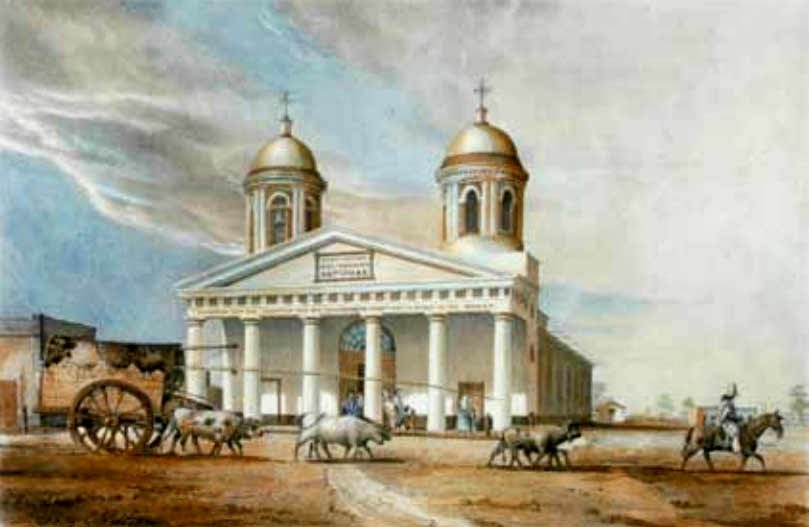
Visiting Basilica de San José de Flores: History, Tips, and Information
Published Date: 18/07/2024
Introduction to Basilica de San José de Flores
Contents Overview
- Introduction
- History of Rafael Castillo
- The Basilica’s Construction and Dedication to San José
- Architectural Style
- Significance for the Community
- Visitor Information
- Visiting Hours and Tickets
- Travel Tips and Nearby Attractions
- FAQ Section
- Conclusion
Exploring the Basilica de San José de Flores in Rafael Castillo
History of Rafael Castillo
Rafael Castillo is a relatively young locality within the La Matanza Partido of Buenos Aires Province. Its history is intertwined with the development of the greater Buenos Aires area. The region was primarily rural for centuries, with large estates (estancias) dominating the landscape. The arrival of the railway in the late 19th and early 20th centuries spurred population growth and the subdivision of these estates.
The Basilica’s Construction and Dedication to San José
The exact date of the basilica’s construction is difficult to pinpoint without more specific information. However, the dedication to San José offers some clues. Devotion to Saint Joseph, the husband of Mary and foster father of Jesus, has deep roots in Catholicism. As the population of Rafael Castillo grew, so did the desire for a local place of worship. A church or basilica dedicated to San José would have held great significance for the community, offering a place of spiritual solace and guidance.
Architectural Style
Without images or detailed descriptions of the Basilica de San José de Flores, it’s challenging to definitively determine its architectural style. However, we can make some educated guesses based on common church architecture in Argentina and the historical context.
- Possible Influences:
- Spanish Colonial: Given Argentina’s history as a Spanish colony, it’s plausible that the basilica incorporates elements of Spanish Colonial architecture. This style often features thick walls, heavy use of wood, and simple, geometric designs.
- Italian Renaissance: The late 19th and early 20th centuries saw a wave of Italian immigration to Argentina. This influence is visible in many aspects of Argentine culture, including architecture. Italian Renaissance styles, known for their symmetry, domes, and use of classical elements, could be present in the basilica’s design.
- Eclecticism: It’s also possible that the basilica’s design incorporates a blend of architectural styles, a common practice in the late 19th and early 20th centuries. This eclectic approach allowed architects to draw inspiration from various sources and create unique structures.
Significance for the Community
Regardless of its precise architectural lineage, the Basilica de San José de Flores undoubtedly holds deep significance for the people of Rafael Castillo. It serves as:
- A Religious Center: As a place of worship, the basilica provides a space for the community to gather, celebrate their faith, and find spiritual guidance.
- A Community Hub: Churches often act as social centers, hosting events, celebrations, and gatherings that bring people together.
- A Symbol of History and Identity: The basilica stands as a testament to the history and development of Rafael Castillo, reflecting the growth of the community and its enduring faith.
Visitor Information
For those interested in experiencing the Basilica de San José de Flores firsthand, here are some practical details:
Visiting Hours and Tickets
Travel Tips and Nearby Attractions
Rafael Castillo is accessible by public transportation from Buenos Aires. Visitors can also explore other historical sites and attractions in the greater Buenos Aires area, making for a culturally enriching trip.
FAQ Section
Q: What are the visiting hours for the Basilica de San José de Flores?
Q: Is there an entrance fee for the basilica?
A: Generally, there is no entrance fee, but donations are welcome.
Q: What are some nearby attractions in Rafael Castillo?
A: Visitors can explore other historical sites and attractions in the greater Buenos Aires area, providing a well-rounded cultural experience.
Q: Are there guided tours available?
Q: How can I learn more about the history of the basilica?
A: Engaging with the local community and visiting the basilica can provide a richer understanding of its history and significance.
